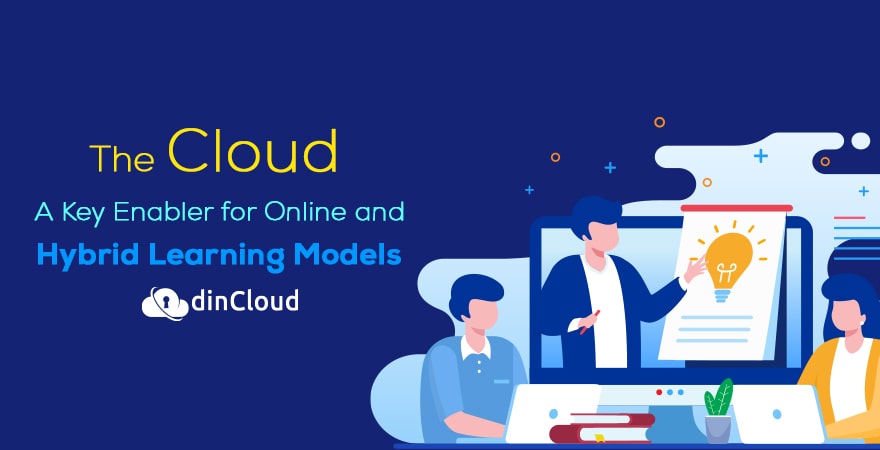Over the past few months, the world around us has evolved rapidly. Things that used to be the exception back in the days have become the norm. The present circumstances prove that if its one thing that is constant, it surely is change.
So, success lies in moving ahead with what we have right now, or what we can manage right now. Just fantasizing about how things used to be so easy before the pandemic just wont do us any good, rather prevent us from embracing this change.
The education sector, regardless of which tier we talk of, has been one of the hardest hit from the effects of the pandemic. However, the good thing is that some of the world’s best educational institutions adapted well to the new post pandemic realities.
Related: The Future of The Education Industry
Evolution of Online or Distance Learning
If we specifically consider the pre-pandemic era, the concept of online or distance learning did exist in some form or the other. However, online education previously could not deliver the results that were desired at the time.
Both the faculty and students alike found the concept of distance learning difficult to adjust with. In addition to the acclimatization related challenges of online learning that students faced, there were also genuine bottlenecks back then.
Rapid Adoption of Online Learning
Now, once you fast forward to the early days of the pandemic, which is around the spring of year 2020, we start observing a paradigm shift in how online education is perceived. Some of the world’s leading educational institutions look for alternative solutions.
This was partly due to the stagnation that was imposed by the pandemic, as campuses were an integral part of lockdowns. So, the alternative to on-campus or in-person learning came in the form of online or distance learning.
Related: How is the Cloud Revolutionizing Public School Education?
Challenges in Offering Online Education
Before the pandemic, most educational institutions did not find online learning a very viable or sustainable model. So, little to no groundwork was available with educators to undertake online teaching initiatives. Here are some major limiting factors:-
- On-campus computer labs were not usable due to lockdowns.
- Most of the on-campus labs had either very few or outdated PCs.
- Education providers generally lacked the IT skills to pull this off so quickly.
- It was not administratively possible to setup on-campus data centers overnight.
- Educational institutions were not comfortable investing heavily amidst uncertainty.
- The exact timeline of this health crisis was not certain, creating even more confusion.
The Cloud – A Key Enabler of Online Education
When educational institutions fully realized the prolonged nature of this global health crisis, they felt the urgency to resurrect distance or online learning platforms. However, given the limitations alluded to above, it just did not seem feasible.
Amidst all this chaos and uncertainty, the Cloud emerged as a key enabler for online or distance learning. Education providers were able to shift their entire curricula and Learning Management Systems (LMS) to the Cloud.
This enabled them to offer the most up to date learning material, as this content is way easier to edit and update as and when required. Education providers were able to leverage the Cloud without deploying any IT hardware on-campus.
Instead of outdated physical laptops, education providers were able to provision Cloud Hosted Virtual Desktops from Cloud Service Providers (CSP) like dinCloud. These hosted desktops were then used by students to access learning material via the Cloud.
Related: Bridging the Gap to Modern Higher Education
The internet served as the bridge between education providers and the hosted desktops. By using these desktops hosted over the Cloud, students were able to access learning content online, round the clock and over the end-user device of their own preference.
Collaboration between teachers and students was also easy over cloud hosted virtual classrooms, resulting in a decent learning environment. Depending on the enrollment levels of students, education providers could instantly scale their cloud resources up or down.
The Future of Education – A Hybrid Model
As vaccine roll-outs gather pace, we expect to return to some form of normalcy over the next crucial weeks and months. However, the in-roads that cloud based online learning has made in the education sector are here to stay, even after the pandemic is over.
Related: Why Higher Education Shouldn’t Fear the Cloud
However, we expect the future of education to evolve into a hybrid model, where the traditional on-campus learning will not be completely phased out. There will be times, subjects and topics that will still warrant an in-person teacher and student interaction.
If you are an education provider that is looking for reliable and secure cloud solutions for online learning, look no further than dinCloud.


